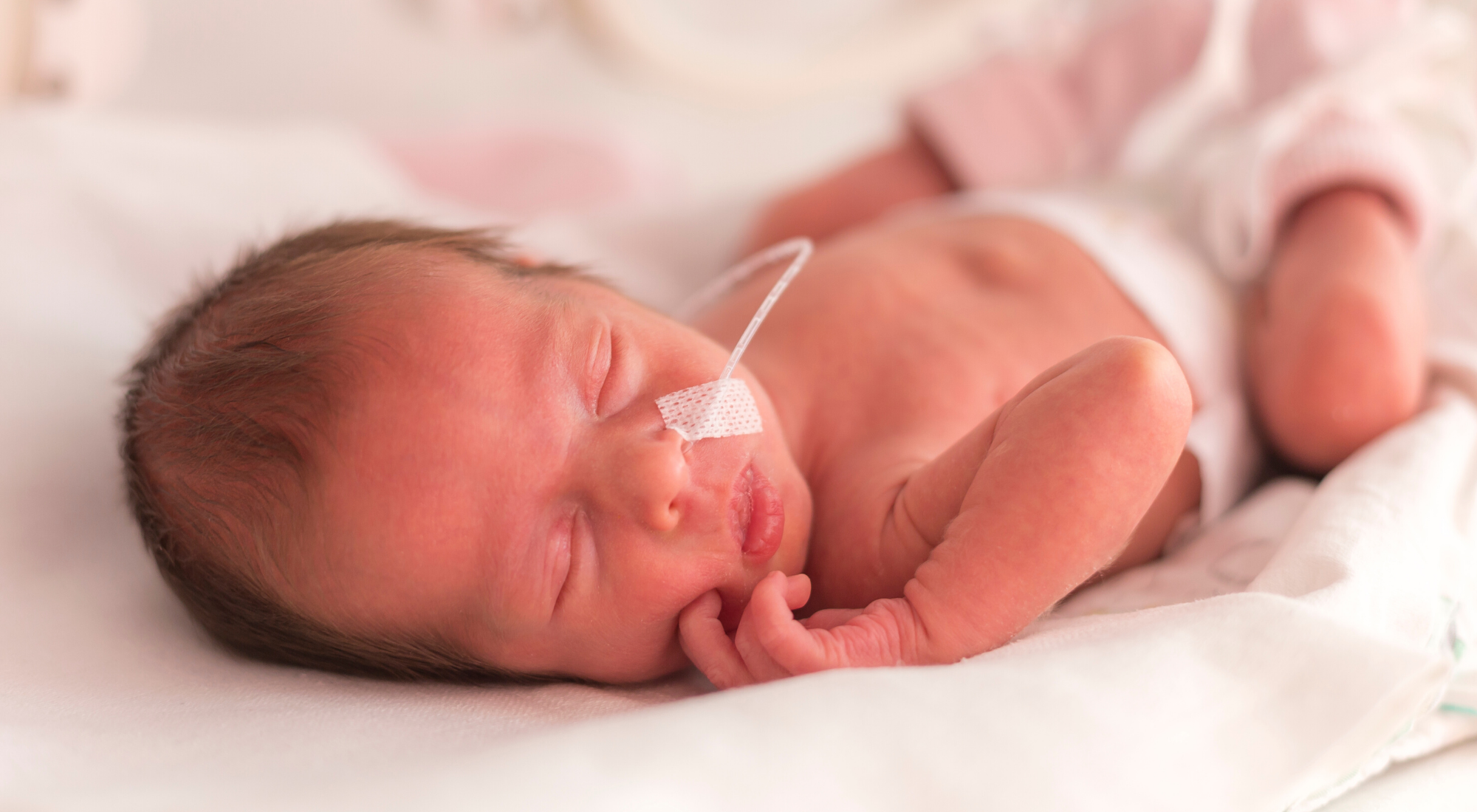
Tube Feeding: Everything You Need to Know
Feeding tubes can be a lifesaver for babies who have trouble swallowing food or liquid safely. Learn more about the different types of feeding tube and reasons why some babies require tube feeding.
Types of feeding tubes
The type of feeding tube used generally depends on how long the baby is expected to require feeding support. There can be individually specific reasons why one tube may be selected over another.
The 3 most commonly used feeding tubes include:
NG tube (nasogastric tube): An NG tube is inserted into baby’s stomach through his nose. The tube is either secured in place by taping it to his face or it can be inserted for each feeding. An NG tube is usually the option when tube feeding is required for short periods (not more than 3 months), e.g. a preterm baby or after heart surgery.
G tube (gastrostomy tube also called PEG tube). A G tube is inserted into the baby’s stomach though the abdomen. A G tube is generally used when a baby is expected to require feeding support for longer than 3 months.
J tube (jejunostomy tube or PEJ tube). A J tube is inserted through the abdomen directly into the small intestine, bypassing baby’s stomach. A J tube might be chosen over a G tube in the case of severe gastroesophageal reflux due to delayed emptying of stomach contents.
Reasons babies/ infants are tube feed
Some babies require tube feeding from birth. Others start out feeding orally but are unable to maintain adequate growth due to an underlying physical cause or unresolved feeding problem. The following are reasons why a baby might require tube feeding.
- Sucking and swallowing problems due to prematurity or brain problems.
- Birth defects that affect baby’s mouth, jaw, throat, stomach, or intestines.
- Cardiac and lung conditions that cause extreme fatigue.
- Post-operative feeding support.
- Metabolic disorders that require an unpleasant tasting diet or medication.
- Severe gastroesophageal reflux disease (GERD).
- Failure-to-thrive* due to physical, social or behavioral reasons.
* 80 percent of babies experiencing failure-to-thrive have no underlying physical cause. An unresolved feeding aversion can cause poor growth.
Advantages & Disadvantages of tube feeding
Advantages
- Prevents malnutrition and excessive fatigue.
- The risk of aspiration while feeding is reduced.
- The baby receives adequate nutrition without being pressured to eat more.
Disadvantages
NG Tube
- Insertion can be painful and distressing.
- Bleeding of nasal passage, ulceration, laryngeal injury, and pharyngeal discomfort.
- Nasal congestion.
- Discomfort while swallowing.
- Baby’s hands may need to be restrained to prevent him from pulling the tube out.
- Baby may be viewed as sick or disabled by others.
G and J tubes
- Involves a surgical procedure to insert, which may require a general anesthetic.
- Irritation and leakage around insertion site.
- Infection around insertion site.
Tube-feeding in general
- Increased incidence of gastroesophageal reflux*.
- Reduces baby’s natural instinct and desire to eat and drink.
- Limits opportunities for baby to develop oral-motor skills required for sucking, chewing and swallowing.
- Inhibits baby from self-regulating his dietary intake according to his growth and energy needs. [Others decide on how much baby needs.]
- Limits opportunities for baby to develop positive associations with feeding orally and the reduction of hunger.
- Baby may become insensitive to the internal messages of hunger and satiety
- Tube dependence.
- Financial burden. Baby is often under the care of a multiple health professionals, such as pediatrician, speech therapist, occupational therapist and dietician. Each requiring regular health visits while baby is tube feed.
- High levels of anxiety for parents.
Advantages outweigh disadvantages when a baby (or child) is unable to safely feeding orally due to a physical abnormality or medical cause.
* NG tube enables backflow of stomach contents more readily. Any tube-fed baby, regardless of the type of tube, can be suspectible to regurgitation of stomach contents if overfeed.
Combining oral
Most babies who are tube-fed have some level of ability to feed orally. When a baby has demonstrated his ability to feed orally but is not able to ingest enough for healthy growth, the parent may be advised to complement his oral feeding efforts with tube feedings.
In theory, combining oral and tube feedings sounds simple. Baby is first given opportunities to feed orally and once he has taken as much as he can he is then ‘topped up’ with additional nutrition through the feeding tube. The intended outcome is to support him to further develop oral-motor feeding skills so that he can eventually be weaned off tube feedings, or to support him to maintain the skills he already has.
In practice, successfully combining oral and tube feeding is challenging. It requires a delicate balance between providing enough nutrition via the tube to support healthy growth, but not too much so as to suppress baby’s desire to feed orally. In general, health professionals tend to err on the side of caution, and therefore are more inclined to overestimate rather than underestimate a child’s nutritional requirements. Without hunger as a motivator, the ideal of a gradual transition towards full oral feeding can become a gradual transition towards full tube feeding, and opportunities for baby to feed orally merely token offerings.
Placing any pressure on a child to feed orally can also tilt the scales in favor of full tube feedings as this can cause the feeding experience to become unpleasant. When repeated, pressure to feed can cause a child to develop an aversion to oral feeding.
Written by Rowena Bennett.
